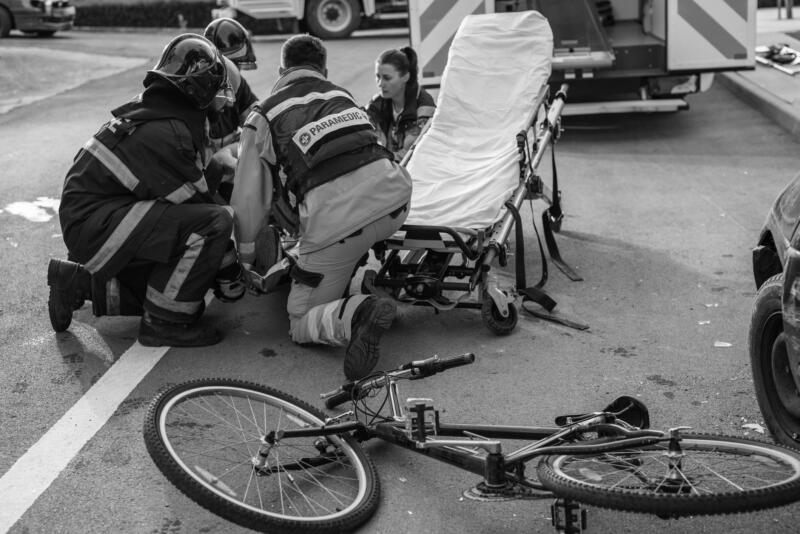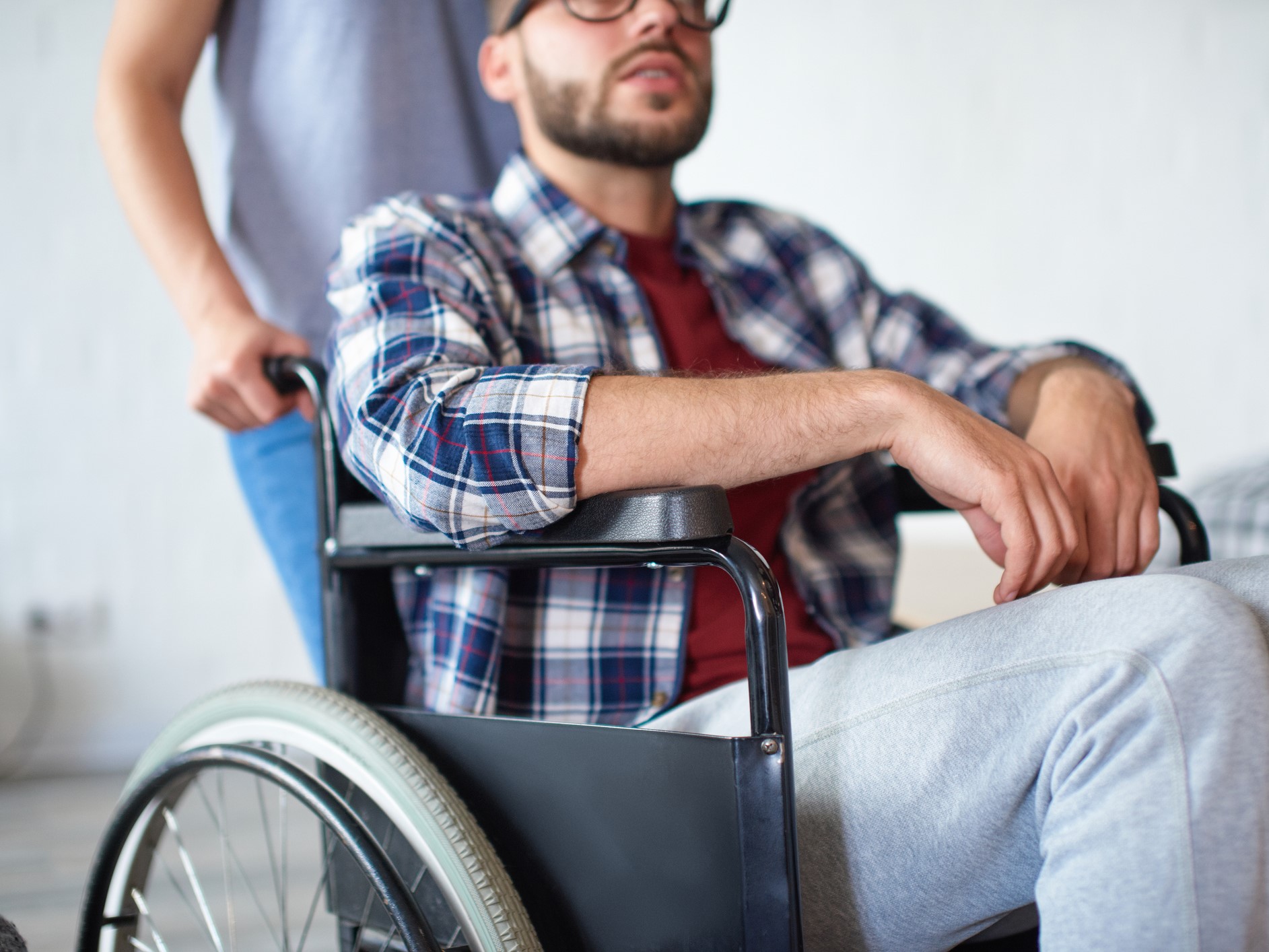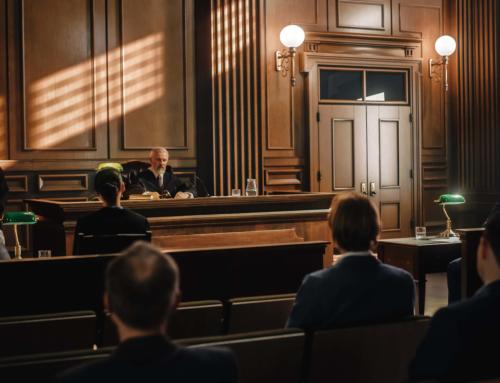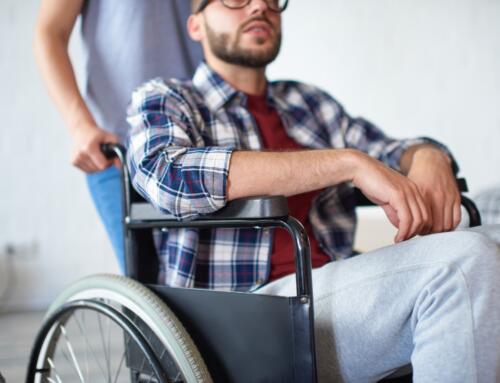When you’re involved in an accident, it’s natural to wonder how fault is determined and how it affects your ability to receive compensation. In Minnesota, the concept of comparative negligence plays a significant role in personal injury claims. This article will help you understand what comparative negligence is and how it can impact your personal injury claim in Minnesota.
Understanding Comparative Negligence
Comparative negligence is a legal doctrine used to determine the degree of fault or responsibility each party has in an accident. It acknowledges that more than one person may be at fault for an accident, and it allows for the allocation of damages based on each party’s level of fault.
The Basics of Comparative Negligence
In a personal injury case, comparative negligence comes into play when both parties contributed to the accident. Instead of one party being entirely at fault, the law recognizes that both parties may share some responsibility. The court assigns a percentage of fault to each party involved, which directly affects the amount of compensation each party can receive.

Types of Comparative Negligence
There are two primary types of comparative negligence: pure and modified. Each state decides which type to follow.
- Pure Comparative Negligence: This approach allows a plaintiff to recover damages even if they are 99% at fault. However, their compensation is reduced by their percentage of fault. For example, if someone is awarded $100,000 but found 60% at fault, they would receive $40,000.
- Modified Comparative Negligence: In this system, a plaintiff can only recover damages if their percentage of fault is below a certain threshold, typically 50% or 51%. If they are found to be more at fault than this threshold, they cannot recover any damages.
Comparative Negligence in Minnesota
Minnesota follows a modified comparative negligence rule, specifically the 51% bar rule. This means that if you are found to be 51% or more at fault for the accident, you will not be able to recover any damages. If your fault is 50% or less, you can still recover damages, but your compensation will be reduced by your percentage of fault.
How Fault is Determined
In Minnesota personal injury claims, determining fault involves a thorough examination of the evidence from the accident. This can include police reports, witness testimonies, and any available video footage. Both parties’ actions leading up to the accident are scrutinized to assess their level of responsibility.
Example of Comparative Negligence in Action
Imagine you’re involved in a car accident where you were speeding, and the other driver ran a red light. The court might find you 30% at fault for speeding and the other driver 70% at fault for running the red light. If the total damages are calculated at $20,000, you would be eligible to receive $14,000, as your compensation would be reduced by your 30% fault.
Impact on Personal Injury Claims
Understanding comparative negligence is crucial for anyone involved in a personal injury claim in Minnesota. Here’s how it affects your case:
Filing a Claim
When filing a personal injury claim, it’s essential to be aware of how your actions may have contributed to the accident. Working with a skilled attorney can help you present evidence that minimizes your percentage of fault and maximizes your potential compensation.
Negotiating Settlements
Insurance companies often use comparative negligence to their advantage during settlement negotiations. They may argue that you are more at fault than you believe to reduce the amount they have to pay. Being prepared with solid evidence and legal representation can help you negotiate a fair settlement.
Going to Trial
If your case goes to trial, the concept of comparative negligence will be a key factor in the court’s decision. Presenting a well-documented case and effectively arguing your side can influence the court’s determination of fault and, consequently, the amount of damages you receive.

Protecting Your Rights
Navigating the complexities of comparative negligence in Minnesota can be challenging, but there are steps you can take to protect your rights and improve your chances of a successful claim.
Gather Evidence
Collect as much evidence as possible from the scene of the accident. This includes taking photos, gathering contact information from witnesses, and obtaining a copy of the police report. This evidence can be critical in proving your level of fault and supporting your claim.
Seek Legal Assistance
An experienced personal injury attorney can be invaluable in helping you understand how comparative negligence affects your case. They can assist in gathering evidence, negotiating with insurance companies, and representing you in court if necessary.
Be Honest
It’s important to be honest about your actions leading up to the accident. Misrepresenting facts can harm your credibility and negatively impact your case. Your attorney can help you present your case in the best light while maintaining honesty and integrity.
Conclusion
Comparative negligence is a vital aspect of personal injury claims in Minnesota. Understanding how it works and its impact on your claim can significantly influence the outcome of your case. By gathering evidence, seeking legal assistance, and being honest about the circumstances of your accident, you can protect your rights and pursue the compensation you deserve.
If you’re involved in a personal injury claim in Minnesota, understanding comparative negligence and its implications can help you navigate the legal process effectively. With the right approach, you can work towards a fair resolution and secure the compensation you need to recover from your accident.
Contact 612-Injured: Minnesota’s Personal Injury Attorneys
If you’re facing a personal injury claim in Minnesota and need skilled in guidance, don’t hesitate to reach out to 612-Injured, Minnesota’s trusted personal injury attorneys. Our experienced team is dedicated to helping you understand the complexities of comparative negligence and will work tirelessly to protect your rights. We offer personalized legal support to ensure you receive the compensation you deserve. Contact us today for a free consultation and let us help you navigate your personal injury case successfully.












